- Home
- /
- Healthy Meal
- /
- Healthy meal today
- /
- Benefits of the Eating...
- /
- Vitality Maximizing: the Benefits...
In the quest for a healthy lifestyle, exercise and mental well-being often take center stage. However, the importance of a nutritious diet should not be underestimated. Proper nutrition and eating mode fills the body, enhances energy levels, and supports overall health.
Understanding Meal Timing and Eating mode
When it comes to the Healthy Eating Mode, meal timing plays a crucial role in maintaining a steady supply of energy throughout the day. Consider the following guidelines:
Breakfast
Known as the most important meal of the day, breakfast jumpstarts metabolism and replenishes glucose after an overnight . Opt for a balanced meal that includes protein, whole grains, and fruits or vegetables.
Lunch
Midday is an ideal time for a nourishing lunch that provides energy for the rest of the day. Incorporate lean proteins, whole grains, and ample servings of vegetables for a well-rounded meal.
Snacks
Healthy snacks between meals help regulate sugar levels and prevent overeating. Choose options like nuts, seeds, fresh fruits, or yogurt to keep hunger at bay.
Dinner
Aim for a lighter dinner that is rich in protein, fiber, and vegetables. Allow at least two hours before bedtime for digestion to occur smoothly.
What influences the choice of food for dinner read in article: The gene of overweight people: The weight loss strategy
Drinking regime
It is worth also staying hydrated throughout the day by drinking an adequate amount of water. Water not only supports bodily functions but also helps control appetite and aids digestion.
The Types of Eating mode: Intermittent Fasting, Food Windows, and so on
In the pursuit of optimal health and weight management, various types of eating patterns have gained popularity in recent years. Intermittent fasting, in particular, has become a subject of interest due to its potential benefits. Let’s delve into different types of eating, such as interval fasting and different food windows, and examine their advantages, disadvantages, and potential risks.
Intermittent Fasting: A Popular Approach between the Eating modes
Intermittent fasting involves alternating periods of fasting and eating within specific time frames. Here are a few common types:
Time-restricted eating: This method restricts daily eating to a specific window, typically 8-10 hours, and fasting for the remaining hours, including overnight. For example, eating from 12 PM to 8 PM and fasting from 8 PM to 12 PM the next day.
Alternate-day fasting: This approach involves alternating between fasting days, where calorie intake is severely restricted or eliminated, and non-fasting days with regular eating.
5:2 fasting: With this method, individuals eat normally for five and restrict calorie intake to 500-600 calories for two rest days.
Advantages
Intermittent fasting has been associated with several potential benefits:
Weight management: By reducing overall calorie intake, intermittent fasting can contribute to weight loss and improved body composition.
Insulin sensitivity: Intermittent fasting may enhance insulin sensitivity, leading to improved blood sugar control and reduced risk of type 2 diabetes.
Cellular repair: Fasting triggers cellular repair processes such as autophagy, which may have anti-aging and disease-fighting effects.
Simplified eating: For some, having defined eating windows can simplify meal planning and promote mindful eating.
Disadvantages
However, it’s important to consider potential disadvantages and challenges:
Adherence: Strict adherence to fasting schedules may be challenging for some individuals, leading to potential frustration or difficulty in maintaining the chosen eating pattern.
Nutrient deficiencies: Care must be taken to ensure that adequate nutrients are obtained within the limited eating window to prevent deficiencies.
Social implications: Fasting schedules may interfere with social gatherings or mealtime interactions, leading to potential challenges in certain social contexts.
Potential Risks and Precautions
While intermittent fasting can be safe for many individuals, it’s important to consider potential risks:
Disordered eating patterns: People with a history of disordered eating should approach intermittent fasting with caution, as it may trigger or exacerbate unhealthy behaviors.
Nutritional needs: Certain populations, such as pregnant or breastfeeding women, individuals with diabetes or other medical conditions, and those on certain medications, should consult with a healthcare professional before embarking on any fasting regimen.
Potential for overeating: Some individuals may experience a tendency to overeat during non-fasting periods, which can negate the potential benefits of intermittent fasting.
Different types of eating patterns, such as intermittent fasting, offer a unique approach to achieving health and wellness goals. While intermittent fasting can provide advantages such as weight management and improved insulin sensitivity, it is essential to carefully consider individual circumstances and potential risks. As with any dietary approach, it is advisable to consult with a healthcare professional or registered dietitian before making significant changes to your eating habits. They can provide personalized guidance based on your specific needs and help you navigate the potential benefits and challenges of different types of eating.
Individuality in the Eating mode
One remarkable aspect of the Healthy Eating Mode is its recognition of individuality. While there are general principles and guidelines to follow, this mode acknowledges that each person is unique and has specific needs and preferences when it comes to achieving optimal well-being. It encourages self-exploration and self-awareness, inviting individuals to listen to their bodies, honor their preferences, and adapt the principles of the mode to suit their individual circumstances.
The power mode recognizes that what works for one person may not work for another. It encourages individuals to find their own balance and make adjustments based on their body’s feedback and their personal goals. Whether it’s finding the right types of exercise that bring joy and fulfillment, discovering dietary choices that nourish and satisfy, or exploring stress management techniques that resonate with their lifestyle, the power mode embraces the idea that there is no one-size-fits-all approach to health.
By honoring individuality within the Healthy Eating Mode, individuals can cultivate a sustainable and lifelong approach to well-being. They can discover what truly works for them, embracing their unique strengths, preferences, and challenges. This recognition of individuality empowers individuals to take ownership of their health journey, fostering a sense of autonomy, self-compassion, and long-term commitment to a balanced and fulfilling lifestyle.
Conclusion
In the pursuit of a healthy lifestyle, the art of eating right within the Healthy Eating Mode emerges as a powerful tool for optimizing our well-being. By understanding the importance of meal choices, nutrient balance, and mindful eating, we can harness the transformative potential of nutrition.
As we embrace the Healthy Power Mode, we unlock a harmonious relationship with our body and its nutritional needs. By fueling ourselves with whole, unprocessed foods, we provide the essential nutrients that support our physical and mental vitality. The art of eating right becomes a gateway to improved energy levels, enhanced cognitive function, and overall resilience.
However, it is important to remember that the Healthy Eating Mode is not about strict rules or deprivation. It is about finding a balanced approach that aligns with our individual preferences and needs. Listening to our body’s signals, honoring hunger and fullness cues, and practicing self-compassion are key elements of this approach.
As we navigate the complexities of modern life, the art of eating right becomes a conscious act of self-care. It is a reminder that our choices have a profound impact on our well-being and that nourishing ourselves is an act of self-love.
So, let us embark on this journey with curiosity and an open mind. Let us savor the flavors of nutritious foods, explore new culinary horizons, and cultivate a deep appreciation for the nourishment that comes from within. By embracing the art of eating right within the Healthy Power Mode, we empower ourselves to live our lives to the fullest, radiating vitality and embracing the joy of holistic well-being.
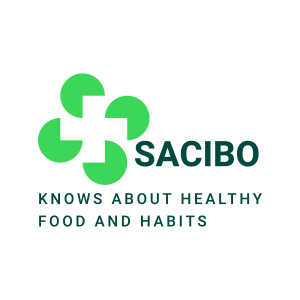























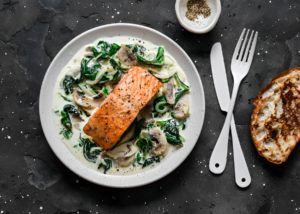

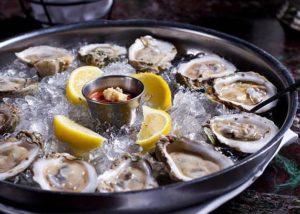

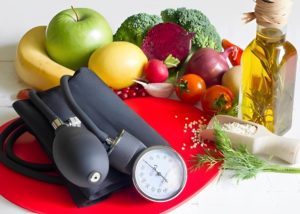



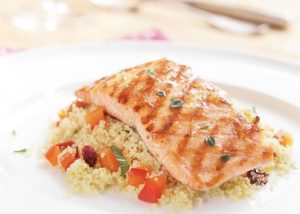














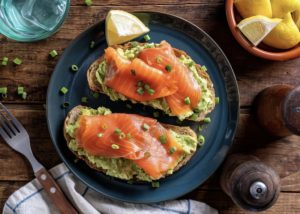



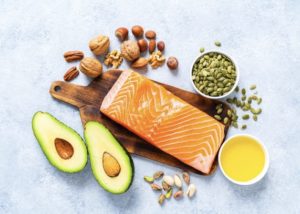












0 Comments